WILD ANIMALS THAT ARE LEGAL TO KEEP AS PETS BUT REALLY SHOULDN'T BE
Added on: 25th Jul 2016
AXOLOTLS
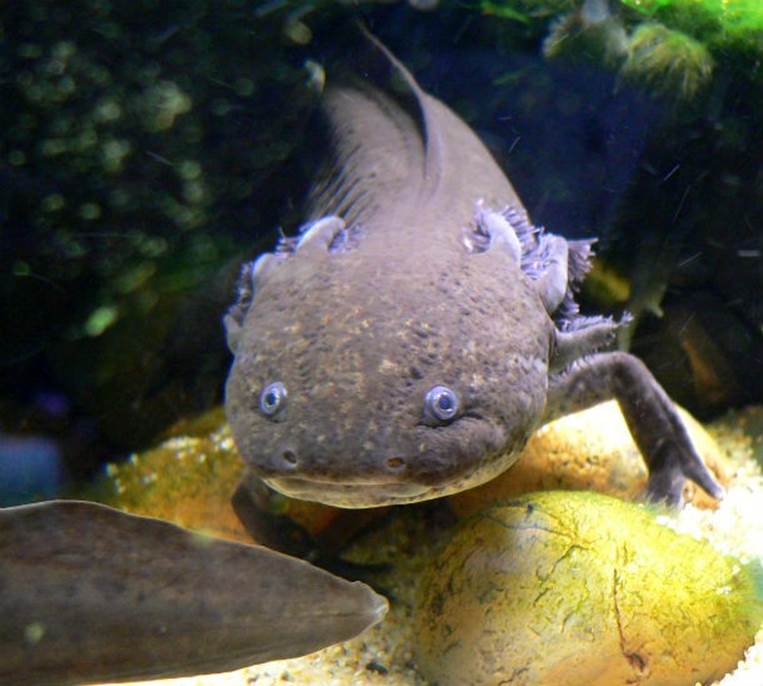
The axolotl is a type of salamander, native to Mexico. Axolotls
are used fairly extensively in laboratory settings, primarily to
study their regenerative capabilities, and are relatively easy
to breed in captivity. Unfortunately, wild axolotls are now
considered critically endangered, suffering from the effects of
exploitation and pollution, so if you plan to own a few and help
them breed then you would contribute a great deal to the
animal kingdom.
OTTERS

The North American river otter could be kept as a pet, but the
animal’s wild nature presents many difficulties. They will go
through every inch of your home, finding and playing with
(and probably destroying) everything they can get their paws on.
There’s no doubt you will probably have a lot of fun
owning an otter, but you will definitely have to repair
your house often.
CAPUCHINS
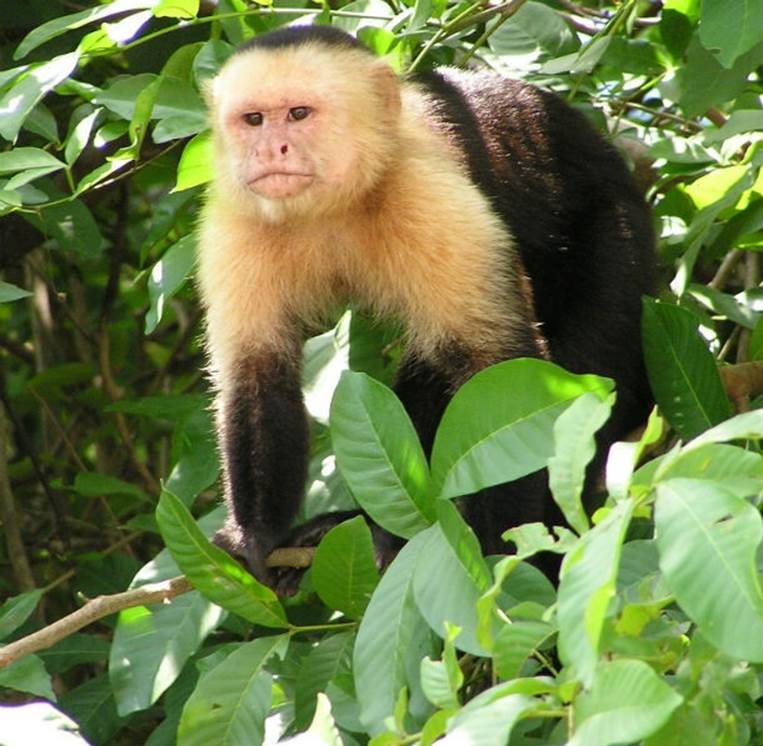
Capuchins are social animals that like to spend their time in
groups of ten to over thirty capuchins. So, it’s a safe bet
that if you “adopt” only one it will suffer from severe depression.
Moreover, their personalities change after reaching maturity,
which means that the cute, easy going, pet may not be as
easy going when it matures. Some mature behaviours include
aggression and dung throwing when bored.
SLOTHS
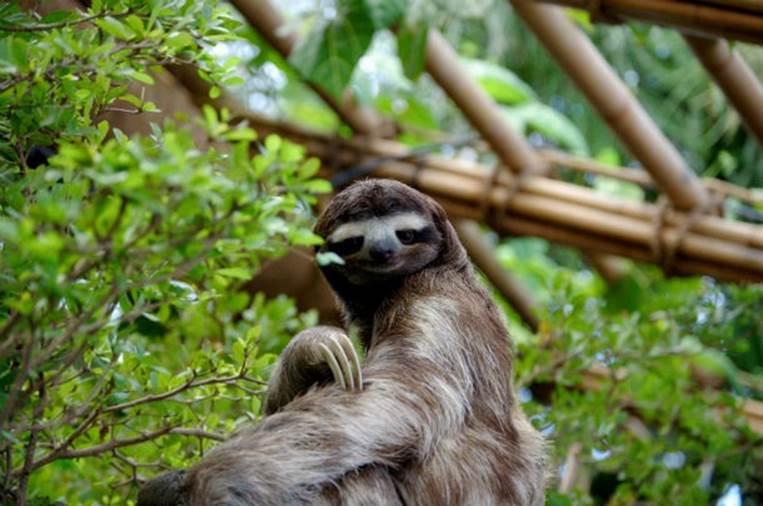
Even though these incredibly cute and innocent-looking animals
are fascinating to look at and be around, truth be told
sloths do not make good pets because of their sensitive
stomachs, specialized diet, hard-to-find veterinary care.
However, if you are dazzled by their cuteness, consider
joining the Sloth Appreciation Society.
SKUNKS

Most skunk owners will tell you that skunks are wonderful pets and
are very intelligent. What they usually don’t tell you is that pet
skunks first have to be “disarmed,” which means that they have
their scent glands removed surgically at an early age.
CAPYBARAS

Before you go and adopt a capybara, you might want to
take a moment to reconsider your choice. To begin with,
capybaras live in groups, thus adopting one by itself is
not a good idea. Secondly, they are semi-aquatic so
you will need to provide them with plenty of water all
the time. Lastly, they are huge! So they need plenty of
space to move about. Needless to say, it wouldn’t
be a good idea to keep them indoors.
FENNEC FOXES
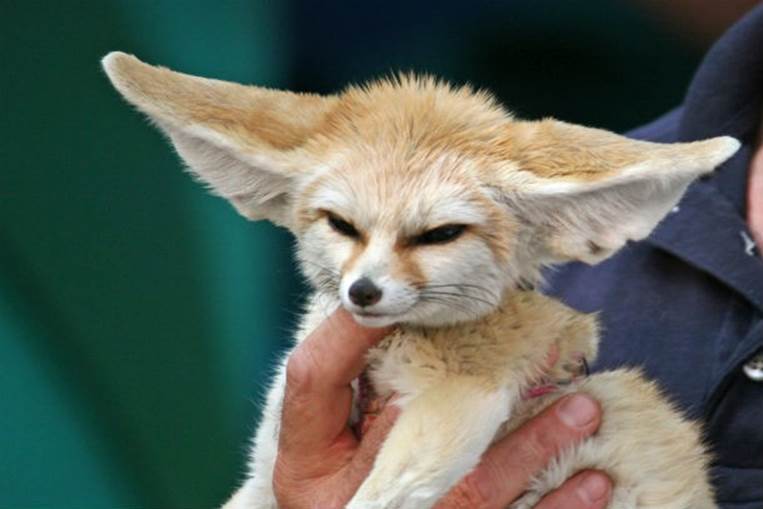
The fennec fox, also known as the desert fox, is a beautiful,
small member of the canine family. Fennec foxes can be
kept as pets, although they are not common. They are
petite, save for their enormous ears. They behave much
like dogs, but since they are not domesticated they do
require careful socialization as well as precautions against
escape. So don’t blink when you take it out for a walk
because you might never see your fox again.
WALLAROOS
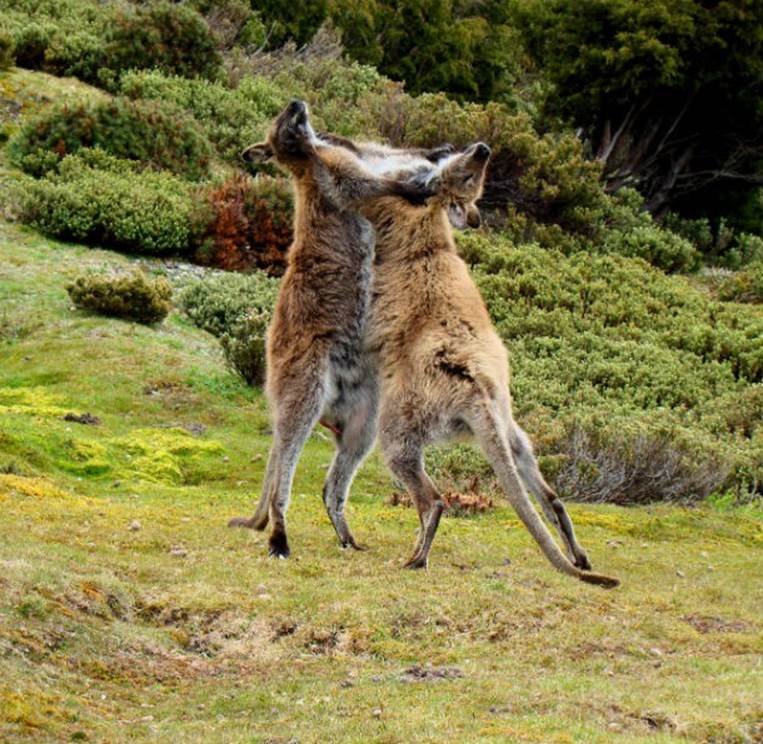
Wallaroos are really stocky and powerful but will bond quite
nicely with their owners if hand-raised and treated well.
They can be taught to understand “no” but you should
avoid physical punishment because they will definitely
attack if they feel they are in danger and you won’t like that.

Comment on this